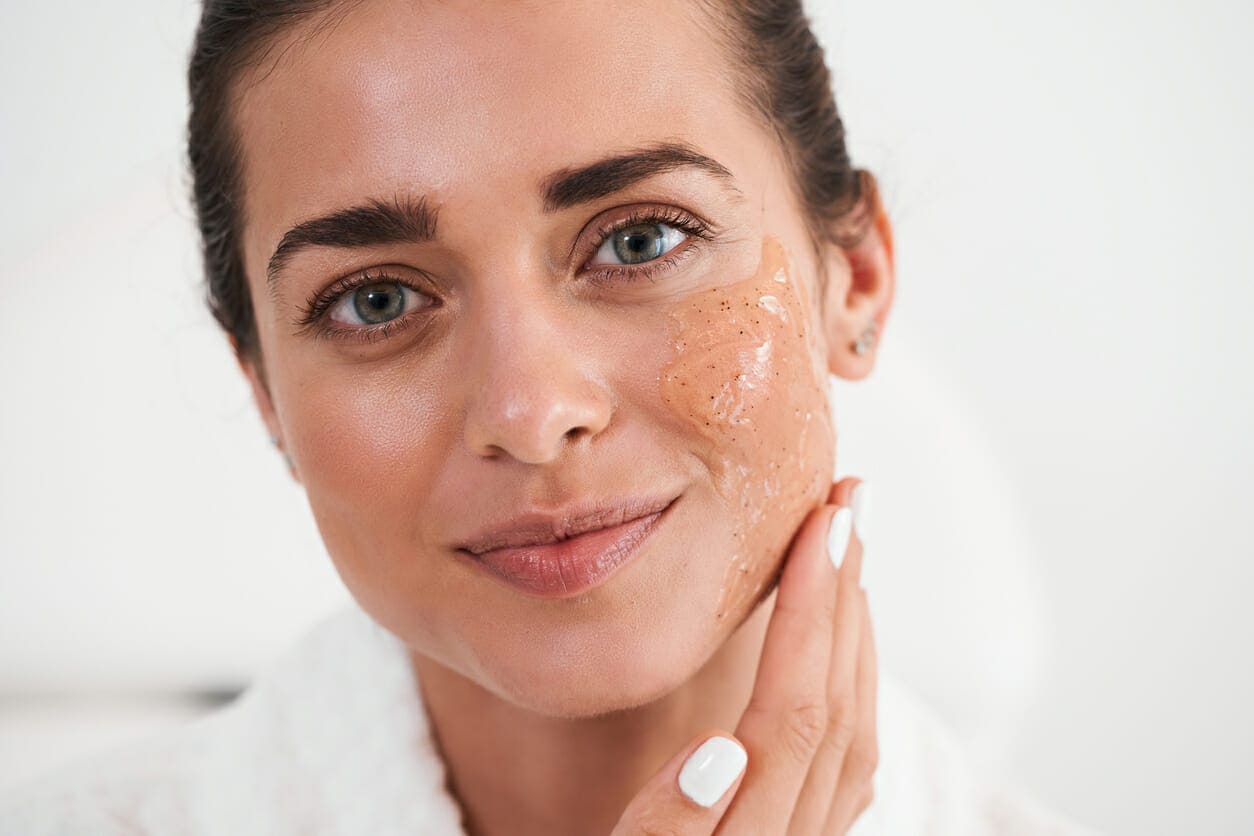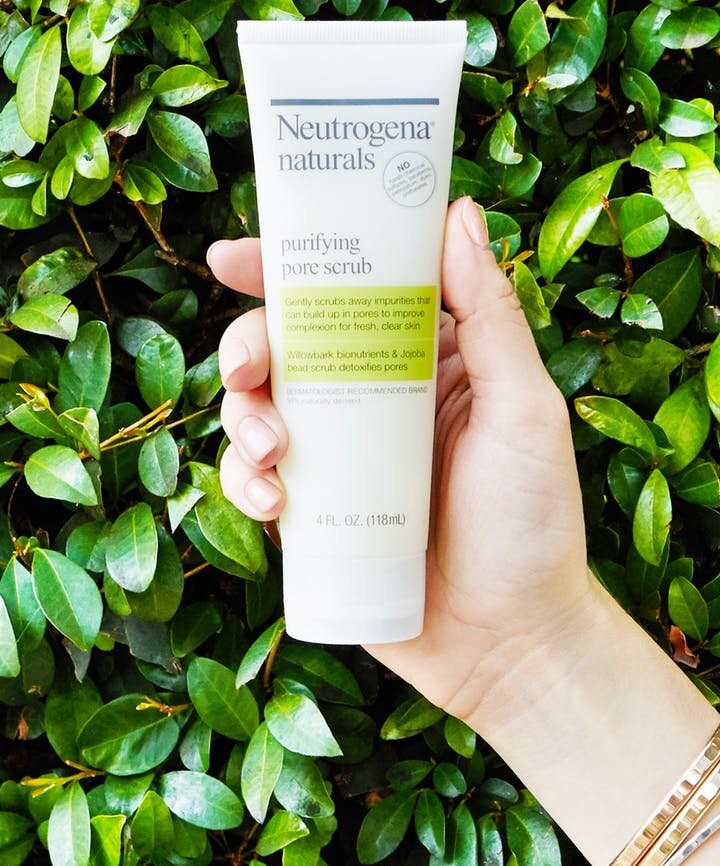If your life is busy and you find yourself always multitasking, this is good news for you! While you are getting some much needed shut-eye, you’re getting plenty accomplished for your skin while you sleep! When it comes to a healthy routine for your skin, a good night’s sleep may be the most powerful treatment.
At night, your body and skin have precious time to repair and recover. Your skin cells are regenerating while your facial muscles are relaxing. These renewing hours are when your skin has the most time shielded from the exposure to potential UV (sun) damage, environmental stresses and pollutants, and is clean of occlusive makeup or sunscreen. Your skin is simply focused on repairing itself instead of defending itself. Are you giving your skin it’s due time to rest and rejuvenate?
WHAT HAPPENS WITH SKIN CELL PRODUCTION AND REPAIR WHILE I’M SLEEPING?
THE CHANGES IN THESE HORMONES HAVE A BIG IMPACT ON THE HEALTH OF YOUR SKIN:
- HUMAN GROWTH HORMONE (HGH)
Cortisol is a stress hormone that naturally decreases while you sleep. This is a good thing because the lower levels allow your skin to regenerate and heal from the day. When you lose out on sleep, your body makes more cortisol which will interfere with your body’s healing process and contribute to inflammation. That’s why it is known as a “stress hormone”! At high levels, cortisol can actually break down collagen. This will accelerate the aging process and hurt the quality of your skin.
At night, your body makes human growth hormone (HGH), which functions to stimulate skin cell production. So if you are not sleeping like you should, HGH is lower and you lose out on collagen and new cell production. Your skin will be thinner and can result in more noticeable signs of aging and skin laxity.
Most of us know a little about melatonin. It’s a hormone that increases when you are sleeping. But did you know that this also has an impact on your skin? Melatonin is a skin-protecting antioxidant. We need melatonin to help repair damaged skin cells.
If you are skimping out on sleep, these changes in hormones can cause a decrease in cell production and repair and increase in inflammation, which leads to a breakdown of collagen with no new cell growth. Bottom line: Your skin loses it’s glow and bounce.
WHAT ARE OTHER CHANGES IN MY SKIN IF I’M NOT GETTING ENOUGH SLEEP?
TWO BIG CHANGES THAT HAPPEN WITH DECREASED SHUT-EYE ARE ALTERED BLOOD FLOW IN YOUR SKIN AND INCREASED MOISTURE LOSS.
CHANGES IN BLOOD FLOW:
Blood flow to the skin increases while you snooze, which means you wake to a healthy glow. On the flip side, if you have poor sleep habits, inflammation in the body is increased and this causes capillaries to constrict affecting the flow of nutrients to the skin.
When you’re tired and losing out on sleep, blood doesn’t flow efficiently and your skin will look dull.
INCREASED MOISTURE LOSS:
Toward the end of the day and into the night you are losing the most water from your skin (officially called trans-epidermal water loss). In fact, your skin loses about 25% more water overnight than during the day! However, if you are not sleeping inflammation will occur in the skin, causing an imbalance and more water loss. This will lead to under eye circles, dryness and more visible wrinkles.
Prevent moisture loss by applying a heavier moisturizer (one with hyaluronic acid is best!) before bed to help you wake up with soft, hydrated skin. I use Epionce Renewal Cream.
WHY DO I GET DARK CIRCLES/PUFFY EYES?
When you’re horizontal at night, fluid naturally wants to pool in the trough under your eyes. Missing out on z’s causes a change in blood flow to your skin making this condition worse. Try sleeping on an extra pillow to keep your head elevated, make sure limit your salt intake after lunchtime, and limit cocktails before bed. Salt and alcohol both encourage swelling.
In the morning, one trick is to dab on an eye gel with caffeine to temporarily tighten the skin. Or place two soaked green tea bags (these are especially great if you freeze them the night before) under your eyes for about 5 minutes to reduce the puffiness. Better yet, hit the sheets earlier and avoid tired puffy eyes altogether!
CAN THE INCREASED INFLAMMATION CAUSED BY LACK OF SLEEP MAKE OTHER SKIN CONDITIONS WORSE?
YES!
Conditions like: acne breakouts, seborrheic dermatitis, eczema and psoriasis can flare with lack of sleep.
Late nights will increase your cortisol levels and put your skin in a pro-inflammatory state. This stress can mess with the protective outer layer of skin that keeps moisture in and bad stuff like bacteria out. The disruption in the skin barrier can lead to skin sensitivity, red inflammation and scale triggering acne breakouts and flares of dermatitis and psoriasis.
WHAT CAN I DO TO HELP GET SOME Z’S?
HERE ARE 3 THINGS TO KEEP IN MIND WHEN TRYING TO GET A GOOD NIGHT’S SLEEP.
AVOID ALCOHOL WITHIN AN HOUR OR 2 OF GOING TO SLEEP:
Alcohol is known to be a REM sleep inhibitor. The REM stage of sleep is when you are in a deep sleep and when cell regeneration happens. This is the most important stage of sleep for your body to rest and recover.
Alcohol temporarily binds to the GABA receptors in your brain, making you feel relaxed and drowsy. But once this wears off, you can have a rebound effect that is stimulating or even anxiety provoking! Even though drinking alcohol can make you sleepy, it impacts your quality of sleep.
REDUCE BLUE LIGHT EXPOSURE BEFORE BEDTIME:
We all are pretty aware of what blue light is these days. It is the light emitted by light bulbs, your phone, computer and iPad. So as you read this you are exposed. Even if you dim the brightness on your device, the blue spectrum of light can have an impact on you. Blue light suppresses melatonin production for more than twice as long as other light wavelengths and disrupts your normal circadian rhythm. So limit your device time to 90 minutes prior to sleepy time.
You can limit your exposure by:
Limiting the blue light spectrum in the evening will help with a good night’s sleep and good skin too!
GO OUT AND GET SOME EXERCISE:
You may be someone who is getting enough exercise each day. This is one of the best ways to make sure you are tired enough to get quality z’s. Exercising releases endorphins that help release and reduce stress. After a day of good exercise, you will be less stressed and more tired and set up for a good night’s sleep.
WHAT IS A GOOD NIGHTTIME SKIN CARE ROUTINE?
If you miss out on those much needed z’s the best way to fight back and keep your skin healthy is to establish a good evening skincare routine.
LEARN ABOUT WHEN TO APPLY YOUR SKIN CARE PRODUCTS














